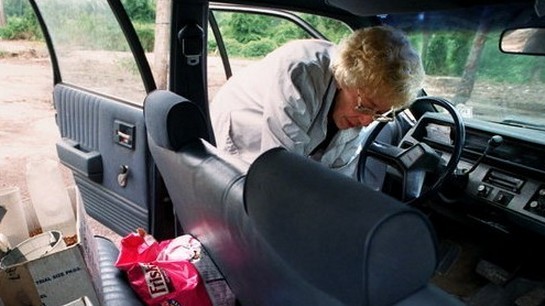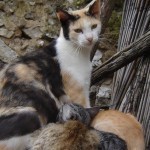
Dorothy Max, the angel of Cleveland
March 6, 2015
TNR : Keep feral cat overpopulation down
March 27, 2015All about feral cats

Feral cats are the offspring of lost or abandoned pet cats or other feral cats who are not spayed or neutered.
What is the difference between a stray cat and a feral cat?
A stray cat is a pet cat who is lost or abandoned. Stray cats are accustomed to contact with people and are tame, but feral cats are not accustomed to contact with people and are typically too fearful and wild to be handled. Wheras stray cats may be reunited with their families or adopted into new homes, feral cats do not easily adapt or may never adapt to living as pets in close contact with people. However, there are many things you can do to help improve the health and quality of life of feral cats.
Feral cats are the offspring of lost or abandoned pet cats or other feral cats who are not spayed or neutered. Females can reproduce two to three times a year, and their kittens, if they survive, will become feral without early contact with people. Cats can become pregnant as early as 5 months of age, and the number of cats rapidly increases without intervention by caring people
Where do feral cats live?
Feral cats typically live in a colony—a group of related cats. The colony occupies and defends a specific territory where food (a restaurant dumpster, a person who feeds them) and shelter (beneath a porch, in an abandoned building) are available. Since feral cats typically fear strangers, it is likely that people may not realize that feral cats are living nearby because the cats are rarely seen. Stray cats tend to be much more visible, and may approach people in search of food or shelter. They may join a colony and defend a territory of their own.
How do feral cats survive—find food, stay warm, etc.?
Many don’t survive. If they do survive, their lives aren’t easy without human caretakers. Females may become pregnant as young as 5 months of age and may have two to three litters a year. Being pregnant so young and so often, and having and nursing kittens, is even more stressful on female cats who are struggling to survive. More than half of the kittens are likely to die without human intervention. Males who roam and fight to find mates and defend their territories may be injured and transmit diseases to one another through bite wounds. Feral cats may find food in a restaurant dumpster or someone may feed them. They may find shelter from the elements beneath a porch or in an abandoned building. But often they are without ta reliable source of food and adequate shelter.
Trap-Neuter-Return is a non-lethal strategy to reduce the number of feral cats and improve the quality of life for cats, birds, wildlife, and people.

October 16 is National Feral Cat Day.
Source:http://www.humanesociety.org






